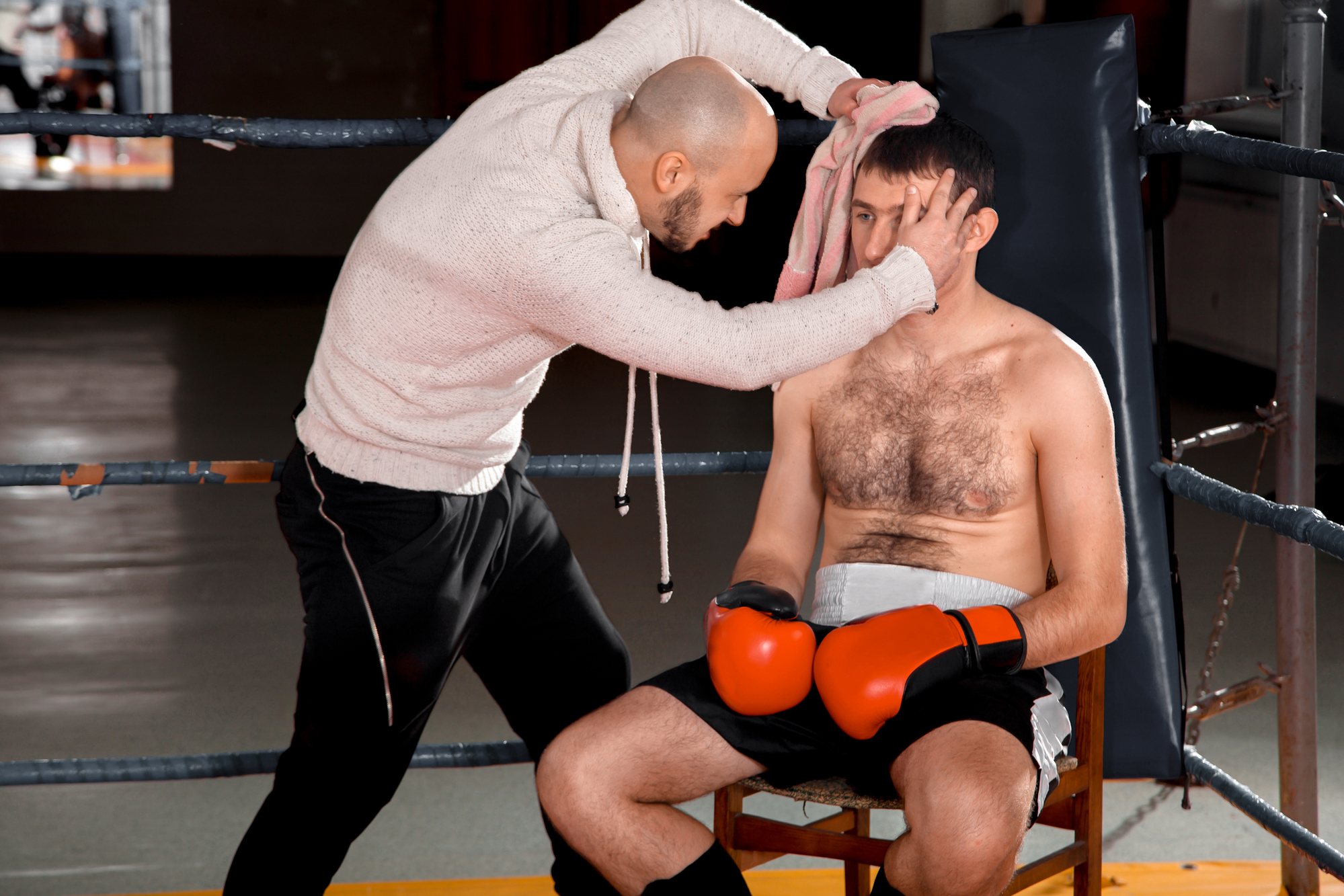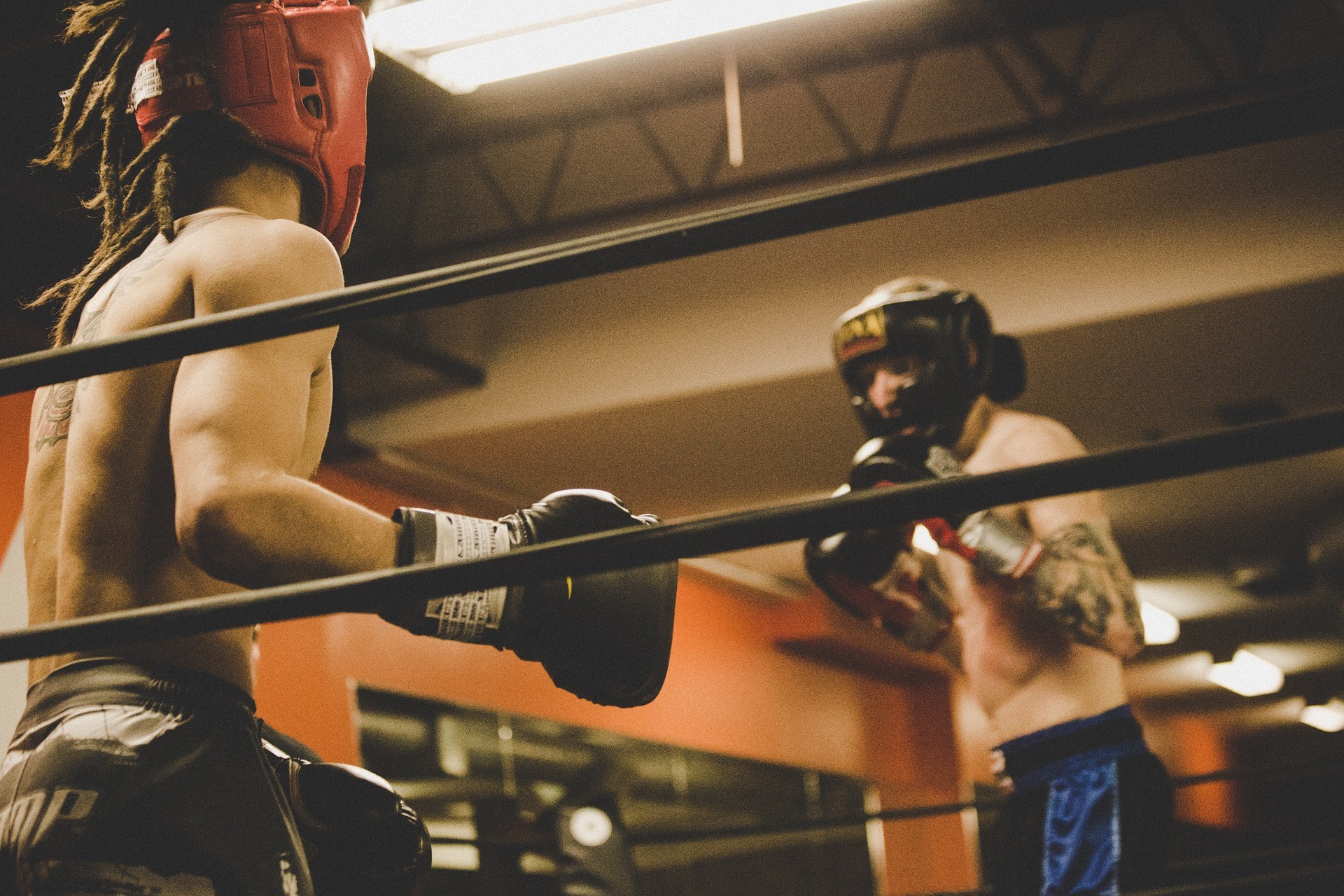Boxing Nose Ultimate Guide
Boxing is an excellent way to let off steam, get into shape, or just have some fun. It does come with an unfortunate and often unavoidable side effect: injuries. Especially boxing nose injuries.
If you get into boxing, you must understand a simple fact: you will get hurt. More than likely, you are going to get hit in the face. Knockouts are part of the game, and the face is such an obvious target. The nose especially is usually easy to hit. It only takes one good strike to the nose to cause some lasting damage, so it’s important to know what steps you can take to keep yourself as protected as possible.
To help you get a better understanding about potential nasal injuries, how to avoid them, how to treat them, etc., we’ve broken things down in a comprehensive guide.
A Quick Data Review
Boxing has existed for centuries with numerous of evidence dating back to Ancient Greece. As such, there has been plenty of time to better understand the trauma that can occur from it.
Much of what we’ve found in terms of an injury history is thanks to Robert C. Gambrell, MD. His article is an extensive read, but an informative one. We will stick to our current topic about nose injuries, however.
First off, it is noted that men, generally, experience a greater amount of injuries compared to women. That isn’t to say that women don’t go through nasal injuries, however.
When it comes to the face alone, it’s reported that about 51% of all boxing injuries concern facial lacerations.
The number isn’t too surprising as many opt to go for the head when trying to knock out their opponent. Although the eye region seems to be reported more often, nasal injuries have received a good amount of attention as well.
What this should indicate to you is that this trauma is not new to the boxing world. In fact, it is practically accepted. You can take some comfort coming into this sport with the knowledge that these injuries have been extensively studied so that you can seek proper care for them.
Types of Nasal Injuries

As we explained, there will be quite a few injuries you will become accustomed to once you step into the realm of boxing. Concerning the nose itself, allow us to break them down a bit.
Boxing Nose / Saddle Nose
This is perhaps an injury you have seen stricken a boxer’s face time and time again. Whether a boxer has gotten hit in the same spot over and over or just happen to miss blocking that one good hit, then they may walk away with a case of “boxing nose” or “saddle nose”. It is a deformity in which the middle part of the bridge of the nose has collapsed.
Although other outside factors can cause this condition such as medical problems or drug use, in boxing, it is typically due to a blood clot forming following trauma that will disrupt the blood supply to the cartilage. The cartilage can then disintegrate, leaving a collapsed appearance to the nose.
Usually, this appears to be more of an aesthetic issue, but it still can cause some lifelong difficulties such as making breathing a task. Nevertheless, you will know you are suffering from this just by looking at yourself. If so, seeing a doctor is strongly recommended to ensure that a more serious underlying injury doesn’t exist.
Fractures
Another highly common nasal injury is a fracture. It is seen as different from boxer’s nose as a fracture can be associated with either the bone or the cartilage.
A broken bone can be detected right away. Not only will you experience the obvious pain, but there tends to be swelling, bleeding, and your nose may look deformed such as crooked. Also, you may experience bruising not just around the nose, but around the eyes as well.
The treatment for a nasal fracture depends on the damage. In many cases, rest, ice for swelling, and some medication for pain may be all that is needed. However, if you do experience some difficulty breathing, the swelling or bleeding doesn’t let up, or your nose is actually out of place, a trip to the doctor is needed.
Nosebleeds
These may be the least worrisome of anything that can happen to a boxer’s nose. You can experience a nosebleed with or without a fracture. Some people regularly go through them without any sort of trauma, but when a hit is involved, the bleeding occurs due to rupture in the blood vessels.
You’d handle a nosebleed from boxing like you would anything else. Trouble will only come up if the bleeding never stops.
Managing Boxer’s Nose and Other Injuries

If you have experienced any of the common nasal injuries (or any trauma for that matter) in a competitive bout, then you are well aware of the role that cutmen play. They enter the scene to handle what needs to be handled to promptly get you back into a fight. Anything that they can’t do will be addressed by the ringside physician.
Lacerations and bleeding typically take precedence. Losing too much blood can call for a match to be over. If you are not in a match and instead undergo an injury during sparring, then it should be easy enough to call things off so you can better rest up and heal.
Cutmen will make use of things such as swabs and other items to work on decreasing the flow of pressure and to also coagulate the blood. Your nose may even get a temporary ice pack to cool things off.
Types of Injuries
In the event of a fracture or of the dreaded saddle nose, the ringside physician may come in to fully examine the damage. If your safety cannot be guaranteed for the rest of the match, then it is concluded and you are to immediately seek further medical care.
Of course, if that injury is obvious enough, the ref may stop everything before cutmen or a physician can see you. Any type of fracture and heavy bleeding can prevent you from breathing properly, so making sure that you are attended to is of utmost importance.
Deformities to the nose may even require surgery if the damage is serious enough. If you have a bad fracture, you may have to even undergo multiple adjustments to get the nose to set right.
For those of you who have simple cosmetic issues, then plastic surgery can correct the overall appearance of your nose. However, this is not recommended if you are still heavily into your boxing career. Having such a procedure and then stepping back into the ring risks you causing a greater amount of harm to yourself if you are injured in the same spot again.
Preventative Measures

Protecting your nose from injuries whether in training or in a competitive match can be done through a number of ways. The following we will flesh out are some of the most important means you should focus on:
- Protective Gear
- Moisturizers/Drops
- Defensive Techniques
- Proper Fitness
Protective Gear
First and foremost, you should definitely become aware of the actual gym equipment names associated with these protective items. Otherwise, you may not get what you need if you don’t know what you’re looking for. As for this guide, you will need to be in the search for headgear.
Professional bouts usually do not allow these, but amateur fights and sparring rounds make good use out of them.
There are additional gym equipment names you should learn that are associated with headgear. Three main types of these exist: open face, face saver, and cheek protector. Each can provide adequate cushioning for the head. Open face and cheek protector ones are not the best at protecting the nose, however.
The face saver comes with a bar that can cover the nose or an entire face cage. It may hurt your ability to see as well as you would with an open face or without headgear altogether, but it’s helpful when keeping you safe, especially during some rough sparring matches.
Moisturizers/Drops
One of the most obvious items used prior to stepping in the ring is petroleum jelly. A thin coat of it should be applied to impact areas such as the nose. This can help punches slide off as the skin is slippery. It also makes the area more elastic, which in turn can fight off bruising and cuts.
Additionally, you can work inside your nose to prevent damage. For instance, saline drops or natural moisturizing sprays can condition the inside of the nose. The drier it is in there, the more likely you will experience lacerations. These solutions can counteract that.
Defensive Techniques
A great way to avoid boxer’s nose is to avoid getting hit. A trying task, but not an impossible one as long as you know how to defend yourself.
Always keep your eyes focused on your opponent and your guard held high ready to protect a strike to the face. Work on maintaining your stance throughout a fight as if you don’t, you risk getting knocked off-balance and leaving yourself wide open for that damaging hit.
Keep yourself moving as well as a stationary target is just that: stationary. Without movement, you’re giving your opponent a chance to just circle you and continue throwing out hits.
Other techniques to become familiar with include rolling, slipping, and parrying. Parrying involves just hitting your opponent’s hands away. Blocking should be accompanied with parrying at some point to throw the other guy off while still maintaining your own safety.
Slipping is a skill that not all master, but it’s worth it if done correctly. You get yourself completely out of the line of fire by displacing your head to one side and come in with a quick, good counterattack. Your nose is safe and you have managed to get in a strong blow.
The shoulder roll is useful at protecting both your body and your head, and it’s quite simple to pull off. Like a parry, you use your body instead of your hands to push off your opponent’s hits. Your hands are left free to strike or bring up another quick defense if needed.
Proper Fitness
Following from learning defensive techniques, you need to keep up on your level of fitness to carry it all out. Endurance and stamina are two of the most important things to consistently work on. You need it to not only last a round but to be able to quickly move into a defensive stance as needed.
Footwork comes into play here as well. Improper footwork can lead to being off-balance and less agile, hindering your defensive skills. The more you work on your fitness, the higher chance you have of improving the way you fight defensively and how well you protect the most important and fragile parts of your body.
Wrap Up
Boxing nose and other nasal injuries, unfortunately, come with the territory. They have been happening to fighters since the sport began, and due to the nature of the sport is to knock the other person out, these injuries aren’t disappearing. All you can do is understand the nature of the trauma, know how to treat it, and know what you can do to avoid it.
[optinform]





